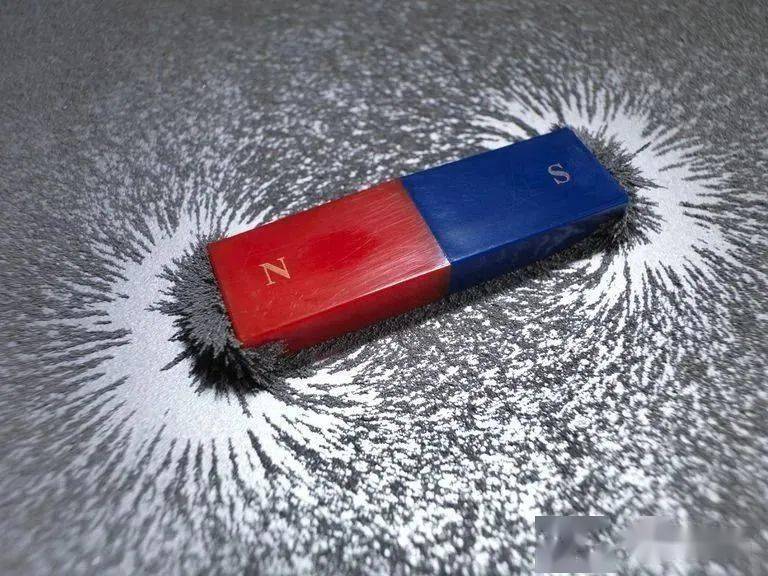I. Introduction
A. Definition of Magnetism:
- Magnetism is a fundamental force of nature characterized by the attraction or repulsion between objects possessing magnetic fields.
- It plays a crucial role in various aspects of daily life, from powering electrical appliances to guiding compass needles.
B. Introduction to Screwdriver Magnetism:
- Screwdriver magnetism refers to the phenomenon where a screwdriver becomes magnetized when exposed to a magnetic field.
- This magnetic property enables screwdrivers to attract and hold ferromagnetic objects such as screws and nails, facilitating various tasks in construction, electronics, and mechanics.
II. Understanding Magnetism
A. Explanation of Magnetic Fields:
- Magnetic fields are regions of space where magnetic forces are exerted on magnetic materials and electric currents.
- They originate from moving electric charges and magnetic materials, and they can be visualized using magnetic field lines.
B. Types of Magnetism:
- Permanent Magnetism: Exhibited by materials like iron, cobalt, and nickel, which retain their magnetic properties even in the absence of an external magnetic field.
- Temporary Magnetism: Occurs when materials acquire magnetic properties temporarily, typically when exposed to an external magnetic field.
- Induced Magnetism: The creation of a magnetic field in a substance in response to an external magnetic field, without a permanent alignment of magnetic domains.
C. Properties of Ferromagnetic Materials:
- Ferromagnetic materials, such as iron and steel, possess domains—microscopic regions where atomic magnetic moments align.
- When exposed to a magnetic field, these domains align in the direction of the field, resulting in an overall magnetic polarization of the material.
- This alignment can persist even after removing the external magnetic field, leading to temporary magnetization of the material.
III. Mechanism of Magnetization
A. Interaction Between Magnetic Fields and Materials:
- When a ferromagnetic material, such as a screwdriver made of steel, is brought near a magnetic field, the magnetic field interacts with the material’s atomic magnetic moments.
- The external magnetic field induces a torque on the atomic magnetic moments, causing them to align in the direction of the field.
B. Alignment of Magnetic Domains:
- Within the ferromagnetic material, there are small regions called magnetic domains, where atomic magnetic moments are aligned.
- When the external magnetic field is applied, these domains start to align themselves in the direction of the field, leading to an overall polarization of the material.
C. Induced Magnetic Field in Ferromagnetic Materials:
- As more and more domains align with the external magnetic field, the material itself becomes magnetized.
- The aligned domains create a net magnetic field within the material, enhancing its magnetic properties.
IV. Factors Affecting Magnetization
A. Material Composition of Screwdriver:
- The composition of the screwdriver, particularly its ferromagnetic properties, significantly influences its susceptibility to magnetization.
- Materials with high iron content, such as steel, are more easily magnetized compared to non-ferromagnetic materials.
B. Strength and Proximity of External Magnetic Field:
- The strength of the external magnetic field and its proximity to the screwdriver play crucial roles in magnetization.
- A stronger magnetic field and closer proximity to the screwdriver result in more significant magnetization effects.
C. Duration of Exposure to Magnetic Field:
- The duration of exposure to the magnetic field affects the degree of magnetization.
- Prolonged exposure allows more time for the magnetic domains within the screwdriver to align with the external field, leading to increased magnetization.
V. Practical Demonstration
A. Experiment: Magnetizing a Screwdriver
- Materials Needed: Screwdriver, magnet (permanent or electromagnet), small ferromagnetic objects (e.g., screws, nails)
- Step-by-Step Procedure:
- Place the screwdriver near the magnet, ensuring that it is within the magnetic field.
- Slowly move the screwdriver along the length of the magnet, ensuring contact with the magnetic surface.
- Repeat this motion several times, ensuring that the entire length of the screwdriver is exposed to the magnetic field.
- Test the magnetization of the screwdriver by attracting small ferromagnetic objects, such as screws or nails.
B. Observation and Results:
- After the magnetization process, the screwdriver should exhibit magnetic properties, attracting ferromagnetic objects.
- The degree of magnetization may vary depending on factors such as the strength of the magnetic field and the material composition of the screwdriver.
VI. Applications of Magnetized Screwdrivers
A. Magnetizing Small Ferromagnetic Objects:
- Magnetized screwdrivers are commonly used to magnetize small ferromagnetic objects, such as screws, nails, and bolts.
- By rubbing the magnetized screwdriver along the surface of these objects in a consistent direction, their magnetic properties can be enhanced, facilitating their handling and insertion into surfaces.
B. Use in Electronics and Mechanics:
- Magnetized screwdrivers are indispensable tools in electronics and mechanics, where they are used to handle small screws and components.
- Their magnetic properties allow for precise positioning and holding of screws during assembly and disassembly processes, reducing the risk of losing or dropping them.
C. Importance in Various Industries:
- Various industries, including construction, automotive, and manufacturing, rely on magnetized screwdrivers for efficient and precise work.
- From assembling machinery to repairing electronic devices, magnetized screwdrivers improve productivity and accuracy, contributing to overall workflow efficiency.
VII. Limitations and Considerations
A. Temporariness of Magnetism:
- The magnetism imparted to the screwdriver is typically temporary and may diminish over time.
- Factors such as exposure to heat, mechanical stress, and other magnetic fields can contribute to the gradual loss of magnetism.
B. Factors Leading to Demagnetization:
- Demagnetization can occur due to various factors, including exposure to high temperatures, physical shock, or alternating magnetic fields.
- It is essential to handle magnetized screwdrivers with care and avoid subjecting them to conditions that could lead to demagnetization.
C. Safety Precautions and Maintenance Tips:
- When working with magnetized screwdrivers, it is crucial to take safety precautions to prevent accidents, such as unintended attraction to metal surfaces or interference with electronic devices.
- Regular maintenance, such as storing screwdrivers away from strong magnetic fields and avoiding exposure to extreme conditions, can help prolong their magnetism.
VIII. Conclusion
A. Recap of Screwdriver Magnetism Mechanism:
- Screwdriver magnetism is the result of aligning the magnetic domains within the ferromagnetic material of the screwdriver with an external magnetic field.
- This alignment creates a temporary magnetic field in the screwdriver, allowing it to attract and hold ferromagnetic objects.
B. Practical Significance and Applications:
- Magnetized screwdrivers play a crucial role in various industries and applications, including electronics, mechanics, and construction.
- They facilitate tasks such as assembling machinery, handling small screws, and magnetizing other objects, enhancing efficiency and precision.
C. Importance of Understanding Magnetism in Everyday Tools:
- Understanding the mechanism of magnetization in screwdrivers and other tools helps users make informed decisions about their usage and maintenance.
- By recognizing the limitations and considerations associated with magnetized tools, users can maximize their effectiveness and longevity while ensuring safety in their work environments.


